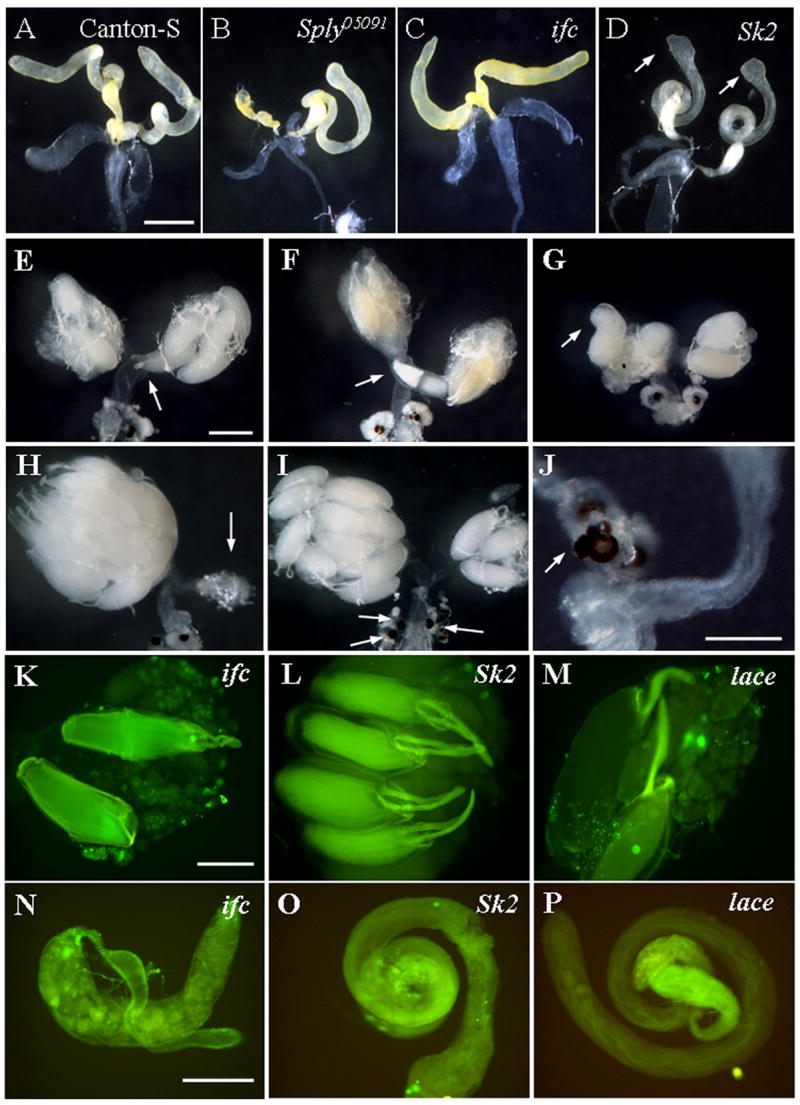Figure 7. Reproductive defects are observed in other sphingolipid metabolic mutants.

(A–D) Testes from indicated representative fly lines were dissected and photographed. (C) Ifc4 mutant testes are reduced, though not shriveled like (B) Sply05091 mutant testes. (D) Sk2 mutant testes have enlarged apical ends (arrows), but no obvious degeneration. (E–J) Ovarian phenotypes of ifc4 mutants: E and F) disoriented oocytes; G) malformed mature oocytes; H) egg retention and ovarian degeneration; I) supernumerary spermathecae; J) blebbing of spermathecae. Apoptosis assessment of (K–M) ovaries and (N–P) testes dissected from each indicated fly line. (K and N) ifc4 homozygotes exhibit elevated apoptosis in their ovaries and testes while (L and O) Sk2 homozygotes do not. Cell death is seen in (M) lace mutant ovaries but not in (P) mutant testes. Bars: (A–I), 400 μm; (J–P), 200 μm.
